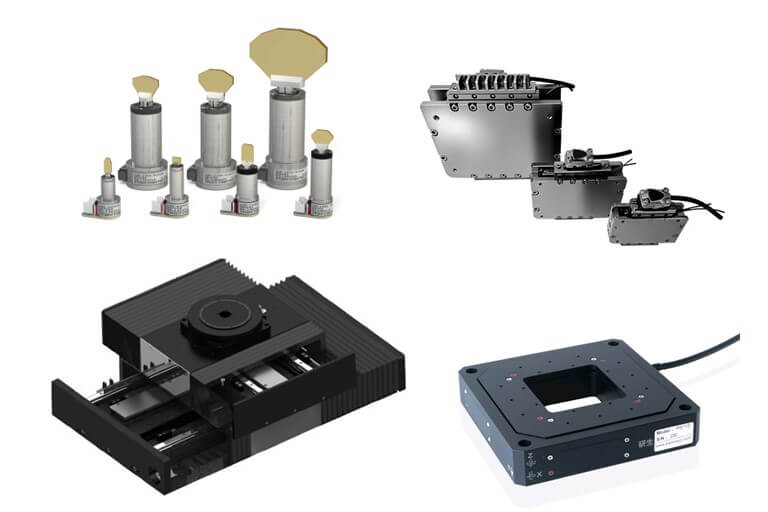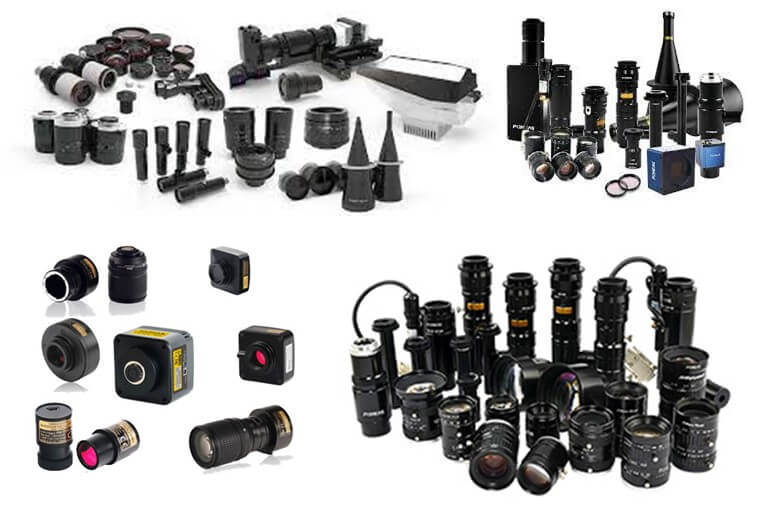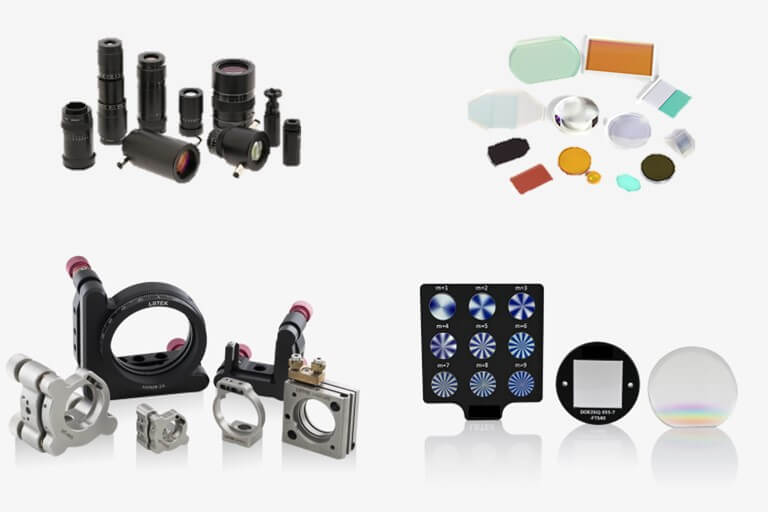1. Need for a Long Working Distance
Challenge:
To make loading and unloading workpieces easier, a long working distance is essential. However, this clashes with optical system designs that prioritize high resolution and magnification, which typically require shorter distances.
Solutions:
- Opt for objectives designed with extended working distances.
- Use telecentric lenses to achieve high resolution and low distortion even at greater working distances.
2. Difficulty Aligning the Industrial Camera’s Depth-of-Field with the Laser Focus, Plus Persistent Chromatic Aberration
Challenge:
- Special laser coatings on lenses make it tough to align the industrial camera’s imaging plane with the laser’s focal plane.
- Chromatic aberration becomes a significant issue in systems combining laser and visible light imaging. Lasers emit single-wavelength light, while industrial cameras must process a broad spectrum, leading to color distortion.
Solutions:
- Switch to achromatic lenses or multi-layer coated optics to minimize chromatic aberration.
- Use beam splitters or dichroic mirrors to separate laser and visible light paths, tailoring the focus and imaging setup for each.
3. High Laser Peak Power Forces an All-Mirror Setup, Ruling Out Coaxial Vision
Challenge:
- High-peak power of ultrafast lasers demand an all-mirror design to prevent lens damage, but this complicates coaxial vision setups.
- Coaxial designs are preferred because they align the laser and vision system optical paths, ensuring precision in alignment and processing.
Solutions:
- Shift to off-axis configurations, using precision optics and mechanical adjustments to maintain accurate alignment between the laser and vision systems.
- Incorporate high-reflectivity mirrors and beam splitters to reduce energy loss and manage heat along the optical path.
4. Thermal Issues
Challenge:
- High-power lasers produce heat that can degrade optics and imaging.
Solution:
Use heat-resistant materials and add cooling systems to limit the impact of heat on optical components and image quality.
5. Vibration and Stability:
Challenge:
- Workpiece shaking during Laser processing can disrupt imaging.
Solution:
Add vibration-dampening features and robust mechanical supports, like a high-power vacuum suction stage, to keep the workpiece steady, or an active anti-vibration stage.




